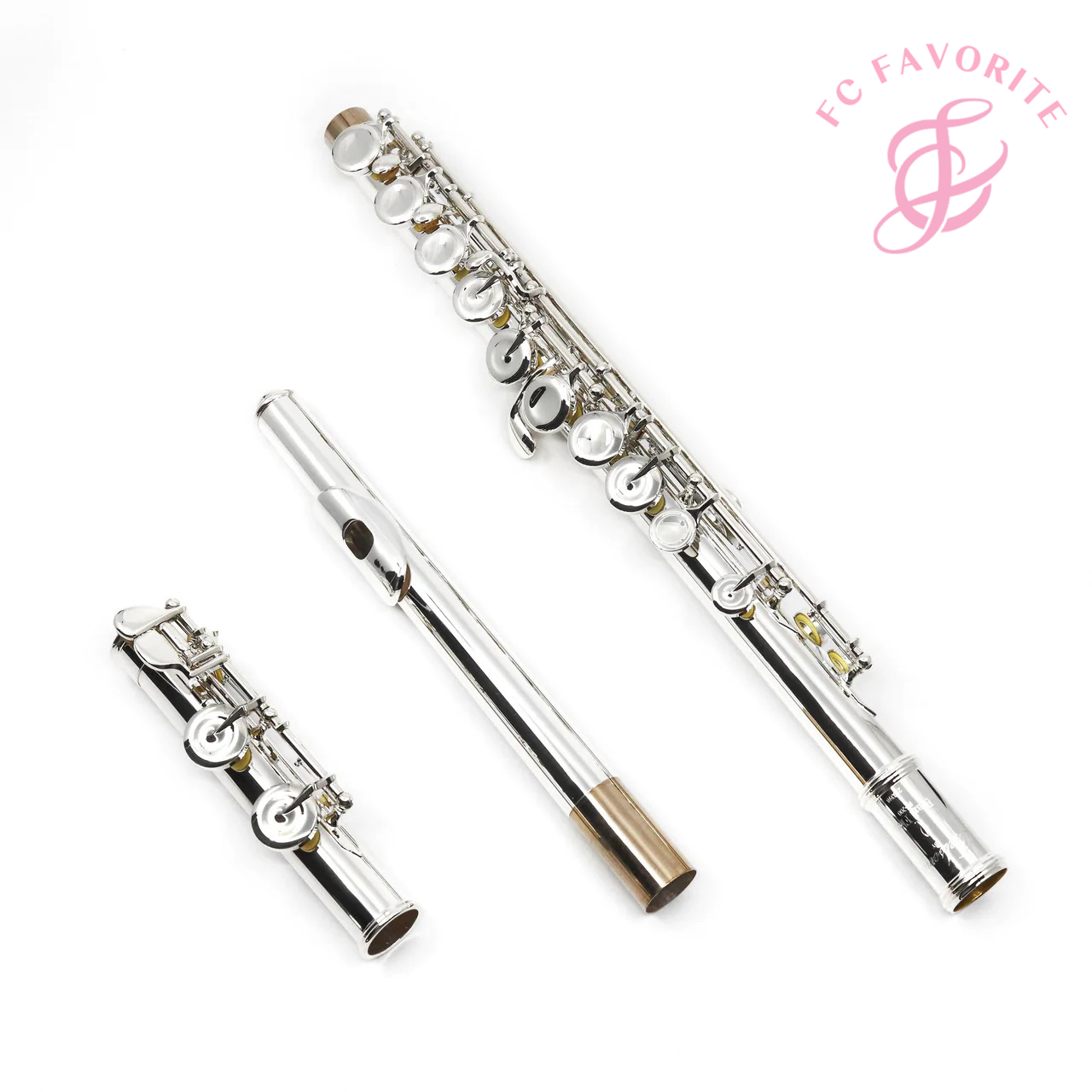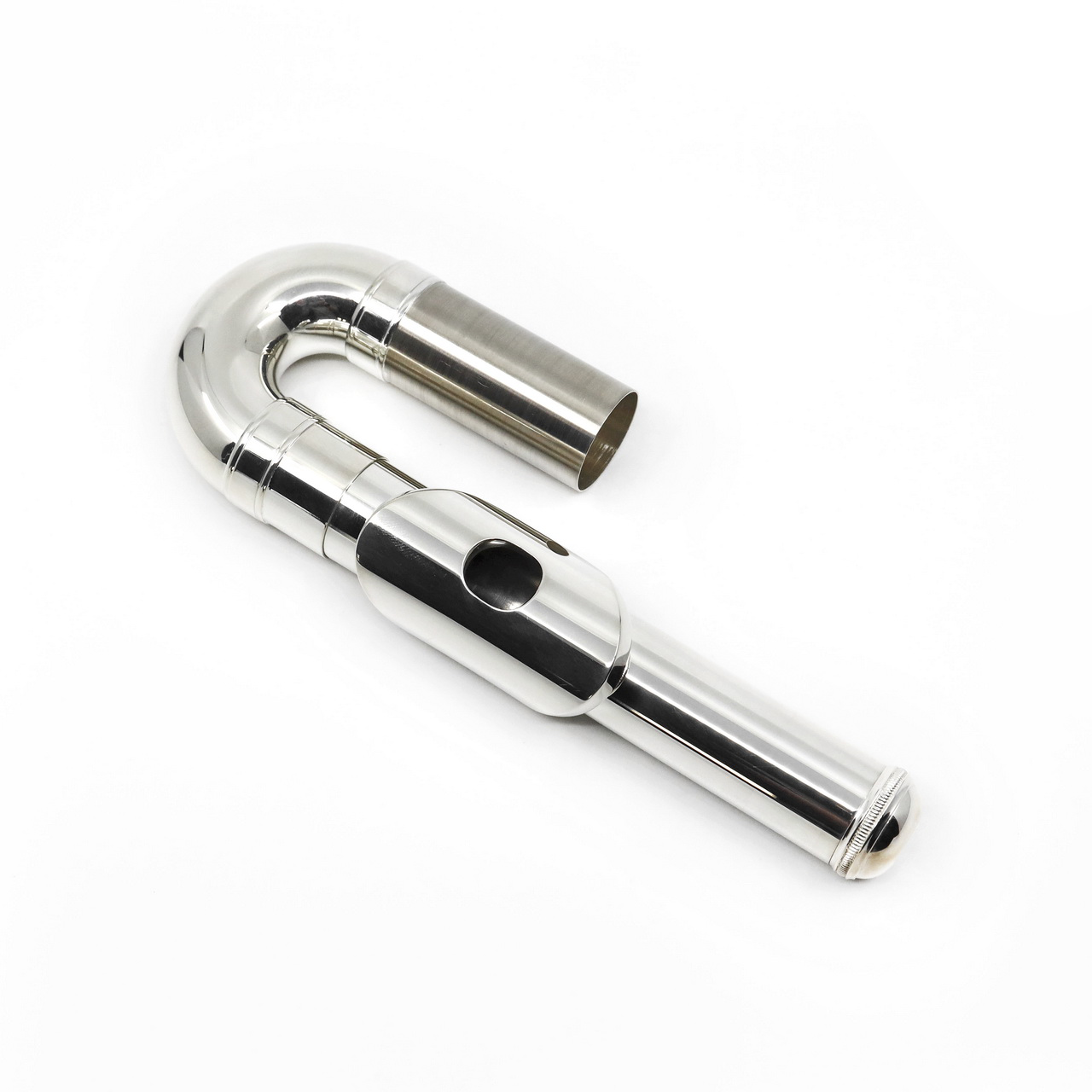What to Look for in a Beginner Flute

What matters most when choosing a beginner flute? There are three main points to consider for your student flute purchase.
Closed Holes:
We recommend closed hole flutes for beginner players. Closed-hole flutes, also known as plateau flutes, have solid keys that cover the holes on the instrument. Closed hole flutes are easier to play for beginners, allowing them to focus on sound production rather than worrying about their fingers covering the keys (as with an open hole flute.) Read more in our article The Difference between Open-Hole and Closed-Hole flutes.
Note - if you prefer to start with an open-hole flute, you can always purchase plugs to close the open holes temporarily!

C footjoint:
Flutes typically come with C or B footjoints. Flutes with a C footjoint can play down to low C (the middle key on a piano) while flutes with a B footjoint can play one note lower (low B.) We recommend C footjoint flutes for beginners. C footjoints are smaller and more lightweight than B footjoints, which is ideal for younger students who may struggle to hold up a heavier B footjoint. C footjoint flutes are also usually more affordable than B footjoint flutes, making them ideal for students who may not be ready to invest at a higher level. Lastly, most young students won’t need to play a low B for at least a few years. By then, they will be ready to progress to their first step-up flute, which typically has a low B footjoint.

Headjoint Options
Should you get a standard flute, or a curved headjoint flute? While most players will opt for a standard headjoint, flutists who are of smaller stature may be more comfortable with a curved headjoint flute. The curved headjoint brings the keys closer to the flutists’ body, so their arms don’t need to reach as far to hold the flute.
If you do opt for a curved headjoint flute, there are two styles to consider. The typical curved headjoint is a U-shaped, and brings the flute body forward. Jupiter also makes a wave-line beginner flute, which keeps the flute body in-line with the headjoint. Many teachers find that the waveline flutes are easier for students to balance and hold.

Need more guidance? Contact our Resident Flutists for expert advice.













































Leave a comment